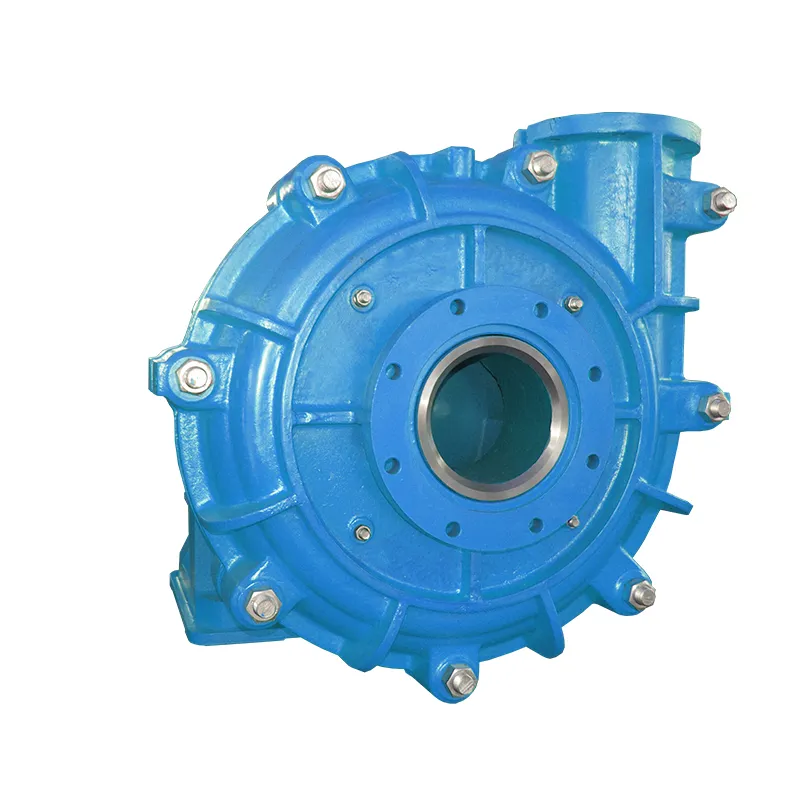-
 support@minemaxx.com
support@minemaxx.com
-
 0086-311-87833311
0086-311-87833311
 NO.8 JIHENG STREET,QIAOXI DISTRICT,SHIJIAZHUANG,HEBEI,CHINA
NO.8 JIHENG STREET,QIAOXI DISTRICT,SHIJIAZHUANG,HEBEI,CHINA
vacuum pump impeller design
The Design of Vacuum Pump Impellers Principles and Innovations
Vacuum pumps are critical components in various industrial processes, serving to evacuate air and other gases from a sealed volume to create a vacuum. Among the various components of a vacuum pump, the impeller plays a pivotal role in determining the efficiency, performance, and overall effectiveness of the pump. This article delves into the principles behind vacuum pump impeller design, highlighting key considerations, innovative approaches, and future trends.
Understanding the Role of Impellers in Vacuum Pumps
The impeller of a vacuum pump is responsible for converting electrical energy into kinetic energy to move gases and create a pressure differential. The design of the impeller influences several performance metrics, including flow rate, efficiency, and noise levels. A well-designed impeller optimizes the movement of gas while minimizing energy consumption, leading to more efficient pump operation.
Key Design Considerations
1. Shape and Size The geometric configuration of the impeller is crucial. Common shapes include radial, mixed-flow, and axial designs, each tailored for specific applications. The diameter, blade angle, and number of blades are significant factors that affect the pump's performance. For instance, a larger diameter impeller can move a greater volume of gas but may require more energy.
2. Material Selection The choice of materials for impeller construction influences durability and performance. Common materials include aluminum, stainless steel, and high-performance polymers. The selected material must withstand corrosion, wear, and thermal stresses inherent in vacuum pumping processes. Moreover, advanced materials such as composite or coated surfaces can enhance performance by reducing friction and improving longevity.
3. Blade Design Blade geometry is a critical aspect of impeller design. Curved blades can facilitate smoother gas flow and reduce turbulence, enhancing efficiency. Variable blade designs that allow for adjustable angles can accommodate varying operating conditions, providing versatility in performance.
4. Aerodynamics An understanding of fluid dynamics is essential when designing vacuum pump impellers. Computational fluid dynamics (CFD) simulations are widely used to predict how gases will behave as they interact with the impeller. These simulations help engineers optimize blade profiles and positions to achieve maximum efficiency and minimal energy loss.
vacuum pump impeller design

Innovations in Impeller Design
Recent advancements have led to innovative approaches in vacuum pump impeller design. The introduction of 3D printing technology allows for the creation of complex geometries that were previously impossible to manufacture. This technology enables quick prototyping and testing of new designs, accelerating the development process.
Moreover, additive manufacturing can reduce material waste and offer custom solutions tailored to specific applications or environments. Another innovation is the use of smart materials that can adapt their properties in response to changing conditions, improving performance and reliability.
Future Trends
As industries continue to demand more efficient and sustainable vacuum solutions, the design of vacuum pump impellers will evolve. The integration of IoT (Internet of Things) technology into vacuum systems will enable real-time monitoring and optimization of pump performance. Engineers will focus on designing impellers that can self-adjust to maintain ideal operating conditions, significantly improving energy efficiency.
Environmental considerations will also drive innovation in impeller design. The development of pumps that operate effectively at lower energy levels and generate less noise pollution will become increasingly important. Researchers are exploring hybrid systems that combine traditional mechanical designs with electrical components for enhanced energy savings and improved performance.
Conclusion
The design of vacuum pump impellers is a complex interplay of science, engineering, and innovation. As industries around the world seek to enhance efficiency and sustainability, the focus on optimizing impeller design will be paramount. Through continuous research and development, the future of vacuum pump technology promises greater efficiency, reduced environmental impact, and improved operational reliability. The evolution of vacuum pump impellers will undoubtedly play a significant role in advancing various applications, from manufacturing to food processing, ultimately contributing to a more efficient and sustainable industrial landscape.
-
Wet Parts for Optimal PerformanceNewsOct.10,2024
-
Vertical Pump Centrifugal SolutionsNewsOct.10,2024
-
Top Slurry Pump ManufacturersNewsOct.10,2024
-
The Ultimate Guide to Centrifugal Pump for SlurryNewsOct.10,2024
-
Pump Bearing Types for Optimal PerformanceNewsOct.10,2024
-
A Guide to Top Slurry Pump SuppliersNewsOct.10,2024
-
Slurry Pump Parts for Optimal PerformanceNewsSep.25,2024

